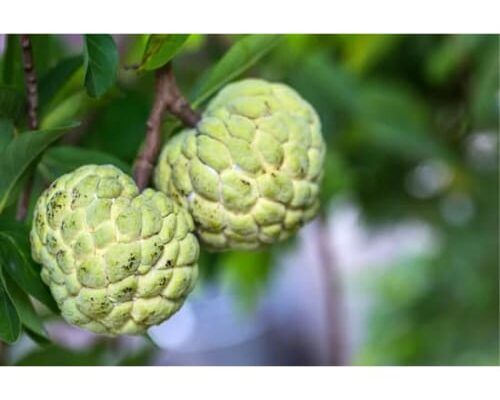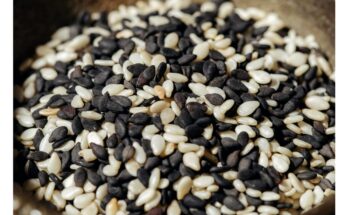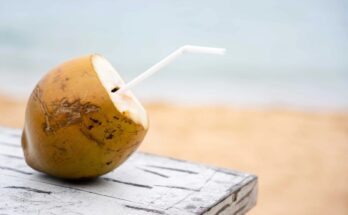Custard apple is the most famous of the annonas. It is recognised botanically as Annona squamosa. The plant grows to a height of 15 to 20 ft into a small evergreen tree. The shrubs are often planted near garden fences. It is easy to grow in home gardens and is quite popular.
Nutritive value per 100 g of Custard apple
Energy (kcal) : 104
Protein (g) : 1.6
Fat (g) : 0.4
Carbohydrates (g) : 23.5
Crude Fibre (g) : 3.1
Minerals (g) : 0.9
Calcium (mg) : 17
Phosphorus (mg) : 47
Iron (mg) : 4.31
Magnesium (mg) : 84
Vitamins
Thiamine (mg) : 0.07
Riboflavin (mg) : 0.17
Niacin (mg) : 1.3
Vitamin C (mg) : 37
Custard apple wood is considered to have insecticidal properties. It is not attacked by white ants and is hence used in villages for making carts and for house tops.
A substance called annonaine which is present in the leaves and bark of this wood makes it bitter. Because of this, sheep, goats and other animals do not graze upon them. This is one reason for the shrub being used for fencing.
Custard apple is known by many names Sitaphal, sugar apple, sweet apple, sharifa etc. The fruit is yellowish green with small eye-like bulges. When ripe, each eye is picked out by a black dot. The fruit pulp is juicy and creamy. It has a typical delicate flavour and buttery taste. The pulp is often blended together with milk to make puddings, ice creams and milk shakes.
An alcohol extracted from custard apple is known as anocorin. It is said to possess insecticidal properties and is thus used in various pharmaceutical preparations. Each fruit contains numerous brownish black seeds which can yield upto 30% oil. Oil extracted from custard apple seeds is also said to possess similar properties. All parts of the shrub i.e., leaves, stems, bark, roots, fruit and seeds are reported to have various medicinal uses.




